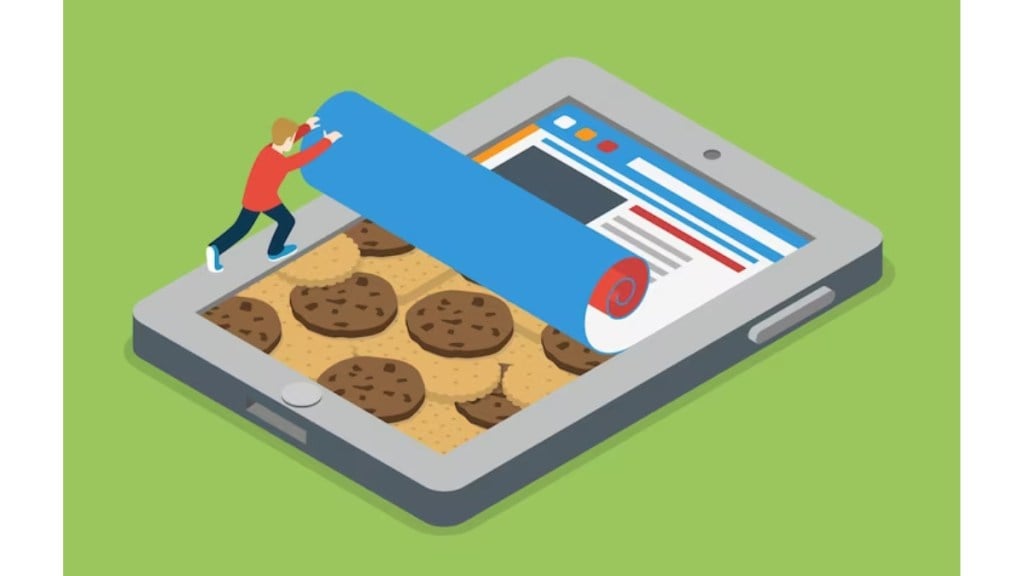By Bhavesh Talreja
As the digital world is constantly changing and evolving, user concerns around the safety and privacy of their information are growing on a global level. Due to this, attribution has become even more challenging than before.
What does attribution mean?
It refers to the process of attributing or identifying a set of user actions/events that contribute in some manner to a desired outcome and then assigning value to each of these events.
It helps agencies and advertisers understand the value of their marketing efforts and gain valuable insights into the marketing funnel. Choosing the appropriate attribution model depends on the specific goals and complexities of the marketing strategy. By understanding the role each touchpoint plays in the conversion process, marketers can make more informed decisions about budget allocation, campaign optimization, and overall marketing effectiveness.
Big Tech leading the wave
Digital marketers have depended on cookies to target customers and assist with attribution for years. But even tech giants like Apple and Google are leading the way into a cookieless future.
Apple first introduced the App Tracking Transparency feature, giving users the choice of whether they want to be tracked when opening up an app. If the user says no, the app developer can no longer access the IDFA, a device ID that’s used to target and measure the effectiveness of online ads.
According to the marketing analytics platform, AppsFlyer, 62% of iPhone users were choosing to opt out of sharing their IDFA. Meta’s former CFO Dave Wehner said that this tiny change would decrease Meta’s 2022 sales by about $10 billion. Another company belonging to the Big Five, Google, has also joined in. It announced its plan to completely deprecate third-party cookies by the second half of 2024.
Starting in early 2024, Google plans to migrate 1% of Chrome users to Privacy Sandbox. Google’s Privacy Sandbox aims to replace third-party cookies with a more privacy-conscious approach, allowing users to manage their interests and grouping them into cohorts based on similar browsing patterns.
According to Statista, in 2021, 42.2% of users continuously rejected cookie consent banners. With almost one in every two users refusing to share information, it’s almost impossible to provide a detailed personalized experience.
In a cookieless world, where traditional third-party cookies will be no longer used due to privacy concerns and regulatory changes, attribution becomes more challenging. However, alternative methods and technologies are emerging to address attribution in this new landscape.
Here are a few approaches:
First-party data: By using third-party cookies, companies can display ads tailored to users’ search queries, preferences, and overall activity on the web. But with the decline of third-party cookies, the focus shifts towards leveraging first-party data. First-party data refers to information collected directly from users who visit a website or interact with a business. By using first-party data, businesses can gain insights into user behaviour and attribute conversions to specific touchpoints within their digital properties.
User authentication: Encouraging users to authenticate themselves through logins or user accounts enables better tracking and attribution. When users log in, they provide consent and willingly share their data, allowing businesses to attribute actions and conversions directly to authenticated individuals.
Contextual targeting: Instead of tracking individual users, contextual targeting focuses on the content and context of the page the user is currently viewing. Advertisers can deliver relevant ads based on the context of the webpage, without the need for personal user data.
Probabilistic and deterministic models: Attribution models that combine probabilistic and deterministic techniques can help bridge the gap left by the absence of third-party cookies. Probabilistic models leverage statistical algorithms to infer connections between devices or users, while deterministic models rely on known identifiers such as email addresses or phone numbers to track and attribute actions.
Authenticated traffic and login-based attribution: When users login or authenticate on a platform, their actions can be attributed across sessions and devices. This method relies on users voluntarily providing their data to the platform in exchange for personalized experiences and is commonly seen in social media platforms and e-commerce websites.
UTM parameters and server logs: UTM parameters appended to URLs can help track the source of traffic, allowing marketers to attribute conversions to specific campaigns or channels. Server logs can also provide valuable information about user interactions without relying on cookies.
Collaborative partnerships: Advertisers, publishers, and technology providers can collaborate to develop new attribution methodologies and technologies that comply with privacy regulations. The attribution models can consider multiple touchpoints along the customer journey and provide insights into the impact of different marketing efforts.
It’s important to note that the landscape of cookieless attribution is still evolving, and businesses need to stay informed about privacy regulations, technological advancements, and industry best practices. Additionally, respecting user privacy and obtaining explicit consent for data collection and tracking will be crucial in the cookieless world.
The author is the founder and CEO of Globale Media
